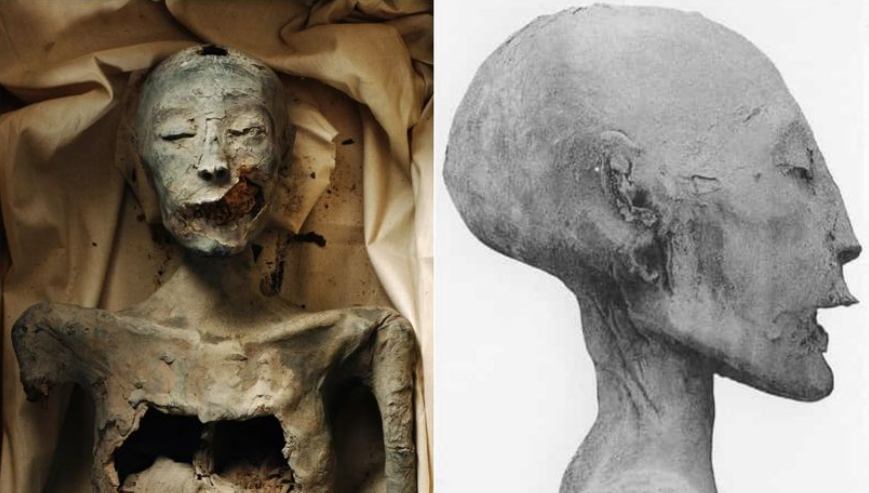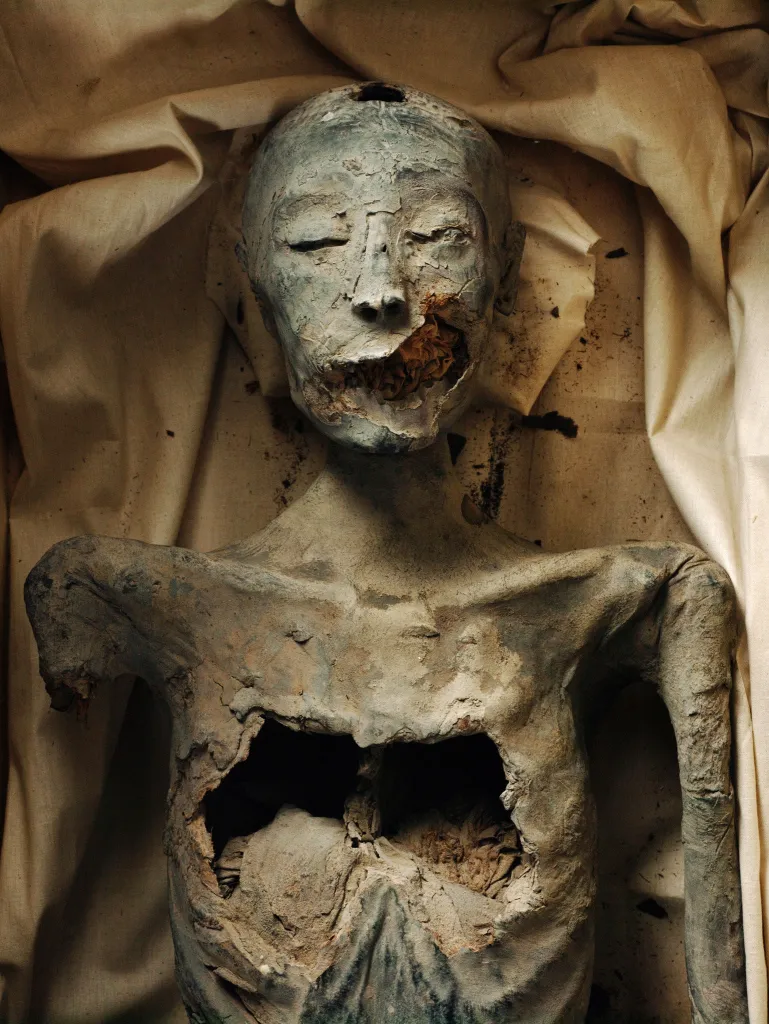
Unveiling the Enigma: DNA Confirms Younger Woman in KV35 as King Tutankhamun’s Mother, Yet Her Identity Remains a Mystery
Five facts about the mummy of The Younger Lady, the possible mother of Tutankhamun

The intriguing remains were discovered in 1898 and continue to captivate archaeologists to this day.
If you’re someone who finds the history of mummies fascinating, delve into the intriguing saga of The Younger Lady through these 5 facts revealed by archaeologists and historians:
1- Discovery alongside great pharaohs
The mummy of The Younger Lady was unearthed in March 1898 by the French Egyptologist Victor Loret. The intriguing remains were found in the Valley of the Kings, a region renowned for housing tombs of pharaohs from the New Kingdom of ancient Egypt.

Following the discovery, the tomb of The Younger Lady came to be known as KV35. In addition to her remains, archaeologists also found the mummies of the pharaohs Amenhotep II, Thutmose IV, Ramses IV, V, and VI, as well as Queen Tiye. Today, The Younger Lady is displayed at the Grand Egyptian Museum, located in Cairo, Egypt.
2- Severe injuries to the body
Measuring approximately 1.58 m tall and believed to have been just over 25 years old at the time of death, The Younger Lady’s body bore several injuries. Studies suggest that the mummy’s cracked chest was likely caused by vandals who broke into the tomb in search of valuable objects. Additionally, the right arm had been detached and reattached.

However, genetic testing and CT scans revealed a wound on the left side of her mouth and cheek, which might have led to her demise. Research conducted by specialist Julian Heath indicates that the bruises could be the result of a blow from an axe.
3- Questions about gender
When the mummy was discovered, experts initially believed it to be the body of a young man, primarily due to its shaved head. This theory was widely accepted for years until the early 20th century when Egyptologist Grafton Elliot Smith conducted a more detailed analysis. According to Smith, the mummy actually belonged to a woman, and this theory gained greater acceptance among researchers.
4- Theories regarding royal connections
The fact that The Younger Lady was found alongside other prominent figures from ancient Egypt sparked numerous theories about her true identity. One of the most well-known theories was proposed by Egyptologist Nicholas Reeves. He suggested that this mummy could be that of Nefertiti, the queen of Ancient Egypt and wife of Akhenaten.

However, as time passed, this theory lost credibility and is no longer accepted by the research community.
5- Mother of Tutankhamun
Years later, through DNA analysis, archaeologist Zahi Hawass revealed that The Younger Lady is the mother of Pharaoh Tutankhamun and the daughter of Pharaoh Amenhotep III and Queen Tiye.

While the research community does not support the idea that The Younger Lady is the mummy of Nefertiti, it is believed that she was one of Akhenaten’s wives, possibly being one of her husband’s sisters. However, even today, some specialists, such as the French Marc Gabolde, dispute this analysis.




